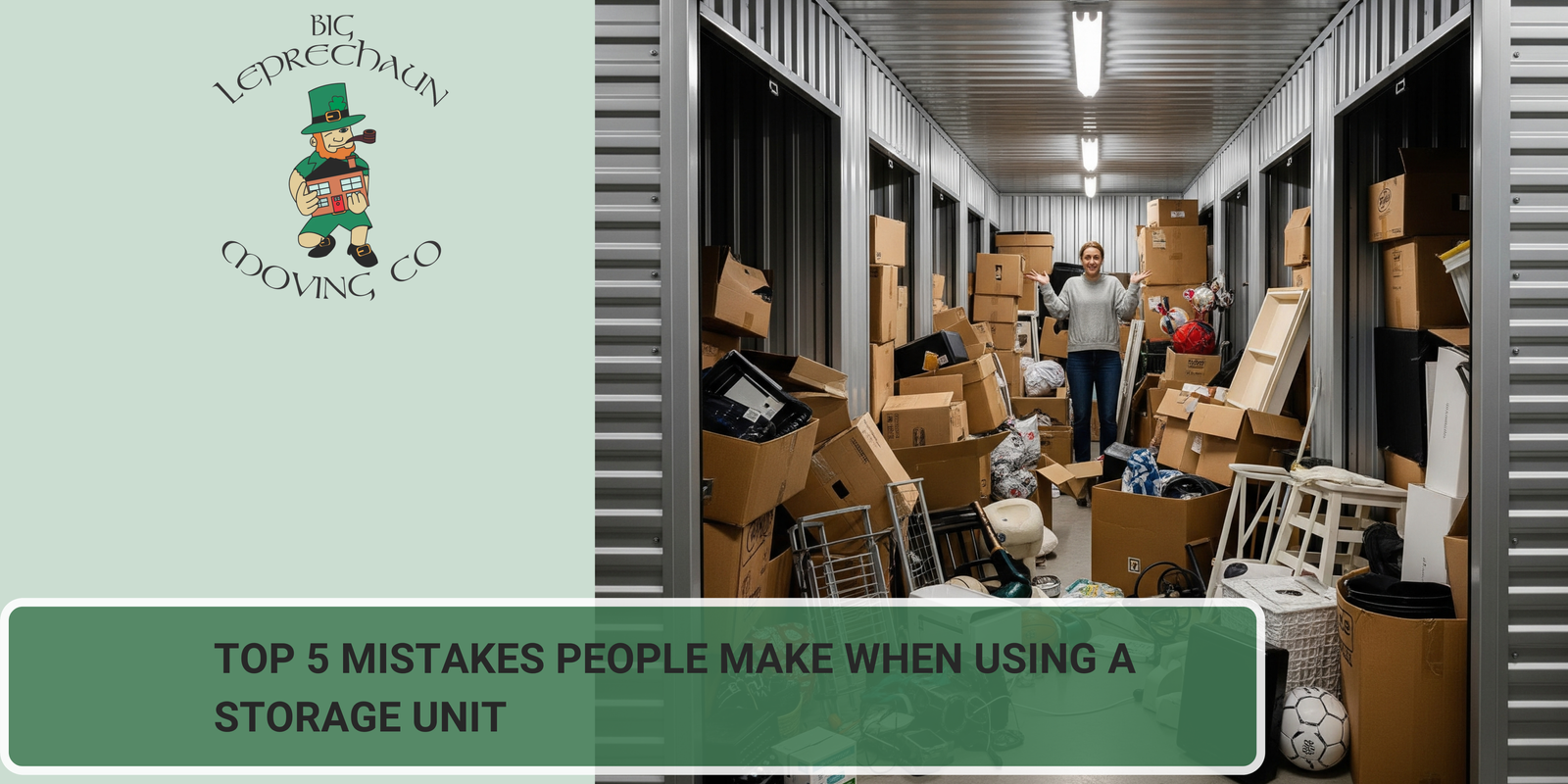Introduction
The San Francisco Bay Area is one of the most dynamic and desirable regions in California, but moving into an apartment here can be overwhelming. Between high rental prices, limited space, and competitive housing markets, finding the right apartment and settling in requires preparation. Whether you’re relocating for work, school, or lifestyle, this guide covers everything you need to know about moving into an apartment in the San Francisco Bay Area, from budgeting and lease agreements to moving logistics and adjusting to city life.
Understanding the San Francisco Bay Area Rental Market
Before you start your apartment search, it’s important to understand the local rental landscape.
Average Rent Costs
The Bay Area is known for high housing costs. While rents vary between neighborhoods, expect:
- San Francisco: Higher-end apartments with premium pricing.
- Oakland/Berkeley: Slightly more affordable but still competitive.
- San Jose/Silicon Valley: High demand due to tech industry proximity.
Tip: Check reliable housing data for up-to-date rental price trends before signing a lease.
Competition & Availability
- Apartments are in high demand year-round.
- Many units are leased within days of being listed.
- Landlords often require strong credit scores and proof of income.
Preparing Your Budget
Budgeting is critical when moving into an apartment in the San Francisco Bay Area.
Expenses to Consider:
- Security Deposit & First Month’s Rent
- Utilities (Water, Gas, Electric, Internet)
- Renter’s Insurance
- Parking Fees (if applicable)
- Moving Costs (truck rental, movers, packing supplies)
- For tips on reducing moving stress, check out this 2025 moving guide.
Choosing the Right Neighborhood
Each part of the Bay Area offers unique benefits.
Popular Neighborhoods:
- San Francisco (Mission, SOMA, Sunset District): Ideal for city living and culture.
- Oakland & Berkeley: Artsy, diverse, and slightly more affordable.
- San Jose & Silicon Valley: Great for tech workers, suburban lifestyle.
- Peninsula (Palo Alto, Mountain View, Redwood City): Convenient for commuters.
When selecting a neighborhood, consider:
- Commute times
- Public transportation access
- Safety and amenities
- Lifestyle (nightlife, family-friendly, quiet suburban feel)
Lease Agreements & Legal Considerations
When signing a lease in the San Francisco Bay Area, pay attention to:
- Lease Duration (month-to-month vs. 12-month leases)
- Rent Control Laws (many cities have regulations; research them before planning a move )
- Pet Policies
- Maintenance Responsibilities.
- Have all the detailed renters’ rights and maintenance guidance for properties and storage units, too, visit.
Downsizing for Apartment Living
Most apartments in the Bay Area are smaller than suburban homes. Downsizing helps make the transition smoother.
Tips for Downsizing:
- Donate or sell items you don’t need.
- Invest in multi-functional furniture.
- Use vertical storage solutions.
- Keep only essentials for daily living.

Moving Day Logistics
Moving into an apartment in the Bay Area requires smart planning.
Checklist for a Smooth Move:
- Reserve a parking space or a loading zone for the moving truck.
- Coordinate with the building manager on move-in times.
- Label boxes by room for easier unpacking.
- Hire professional movers if possible; Bay Area traffic can make moving challenging.
Adjusting to Life in the San Francisco Bay Area
Once you’re moved in, it’s time to settle into your new community.
Things to Do After Moving:
- Explore local restaurants, parks, and cultural hotspots.
- Set up utilities and internet immediately.
- Get familiar with public transportation systems (BART, Muni, Caltrain).
- Meet your neighbors, it’s a great way to feel at home faster.
Conclusion
Moving into an apartment in the San Francisco Bay Area comes with unique challenges but also countless opportunities. By preparing your budget, researching neighborhoods, and staying organized, you can make your transition smooth and stress-free.
Call-to-Action (CTA):
Need help with your move? Contact our professional moving team today to make your relocation in the San Francisco Bay Area efficient, affordable, and hassle-free






